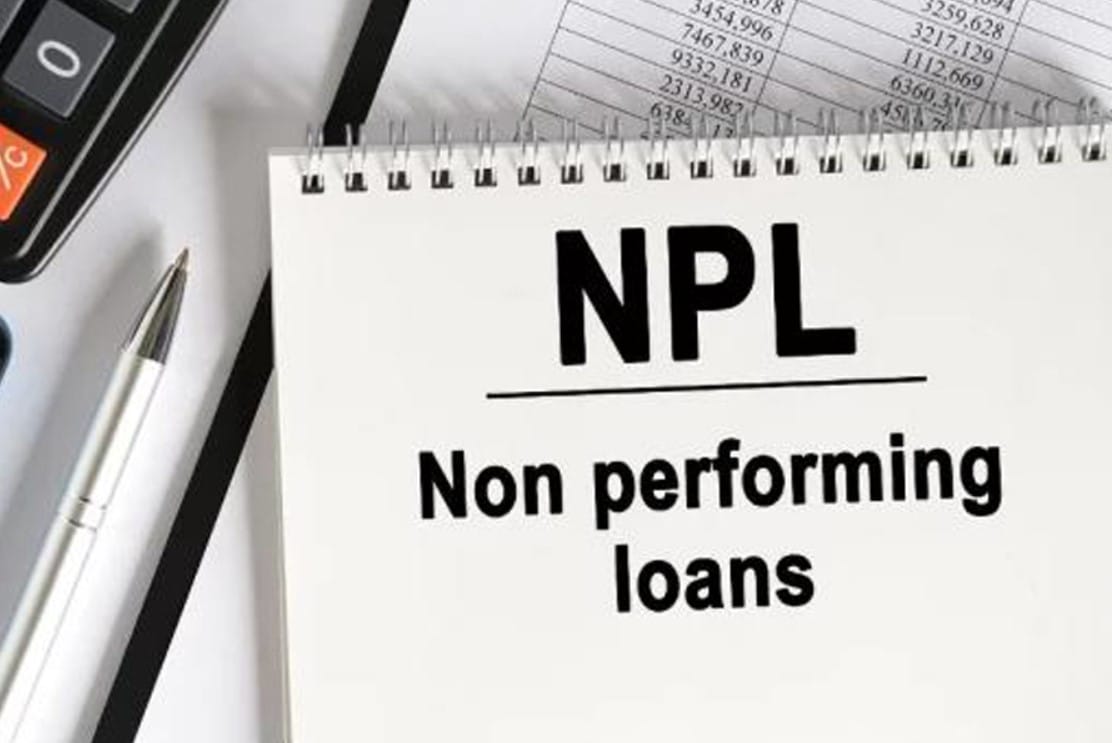Nonperforming Loan Definitions, Types, Causes, Consequences: A Complete Financial Guide

Nonperforming loans (NPLs) are a significant concern in banking and finance. By definition, an NPL is a loan on which the borrower has not made scheduled payments—typically for a period of 90 days or more. Understanding Nonperforming Loan Definitions, Types, Causes, Consequences is critical for financial institutions, investors, regulators, and economists.
Why Are NPLs So Important?
- They indicate underlying stress in the financial system.
- Rising NPLs can lead to banking crises.
- Effective NPL management can stabilize and protect economies.
Understanding Nonperforming Loan Definitions

Basic Definition of a Nonperforming Loan
A loan is classified as nonperforming when the borrower fails to pay the principal or interest for 90 days or more. Such loans stop generating income for lenders and are considered financial risks.
Key Characteristics of NPLs:
- Missed payments (interest or principal) for 90+ days
- High likelihood of default
- Often require legal enforcement for recovery
Regulatory Perspectives on Nonperforming Loan Definitions
Regulators such as the International Monetary Fund (IMF) and Basel Committee define NPLs to ensure uniformity:
- Loans overdue by 90 days
- Loans in which payments are unlikely without legal intervention
Types of Nonperforming Loans

Classifying Nonperforming Loans by Borrower Type
Corporate Nonperforming Loans
- Issued to companies or enterprises
- Arise from over-leverage, poor management, or industry downturns
Consumer Nonperforming Loans
- Personal loans such as credit cards, education loans, or auto finance
- Commonly result from job loss, illness, or over-borrowing
Classifying Nonperforming Loans by Security
Secured NPLs
- Backed by assets (e.g., homes, vehicles)
- Easier to recover through legal enforcement
Unsecured NPLs
- No collateral backing
- Higher risk of total loss
Real Estate-Based Nonperforming Loans
NPLs in the housing sector arise when borrowers default on mortgage payments. These can significantly impact banking systems during real estate crashes.
Government-Backed Loan Defaults
These include defaults on loans that are subsidized or guaranteed by public institutions, such as:
- Education loans
- Agricultural loans
- MSME credit schemes
Major Causes of Nonperforming Loans
Macroeconomic Factors
Economic Downturns
Recessions reduce consumer income and business revenues, making repayment harder.
High Inflation & Interest Rates
Higher borrowing costs increase the debt burden on borrowers.
Lending Process Weaknesses
Poor Credit Assessment
Failure to assess borrower creditworthiness is a major driver of future NPLs.
Rapid Credit Expansion
Banks expanding credit too quickly can lead to riskier portfolios.
Borrower-Related Issues
- Misuse of funds
- Fraudulent documentation
- Lack of financial discipline
Political and Regulatory Factors
Unpredictable policy shifts or regulatory delays can disrupt cash flows for borrowers, especially in sectors like infrastructure or agriculture.
Sectoral Challenges
Industry-specific downturns (e.g., oil price crashes) can create spikes in sector-based NPLs.
Consequences of Nonperforming Loans
Impact on Financial Institutions
Reduced Profitability
NPLs lower interest income and increase provisioning costs.
Solvency Threats
Excessive NPLs can eat into a bank’s capital base, risking insolvency.
Wider Economic Effects
Credit Crunch
Banks become hesitant to issue new loans, slowing economic activity.
Investor Confidence Drops
Investors perceive financial systems with high NPLs as unstable, leading to outflows.
Reputational and Rating Risks
Banks and even countries can face credit rating downgrades, increasing borrowing costs and reducing international trust.
Strategies for Managing Nonperforming Loans
Loan Restructuring Options
- Extend loan tenure
- Reduce interest rates
- Convert debt to equity in corporate cases
Pros:
- Keeps borrower solvent
- Restores income from loans
Cons:
- Risk of repeated defaults
- May disguise deeper issues
Selling NPLs to Asset Management Companies
Banks can bundle and sell NPLs at a discount to investors or AMCs.
Benefits:
- Clears toxic assets
- Allows banks to focus on healthy lending
Securitization of Nonperforming Loans
Convert NPLs into tradeable financial instruments. Though complex, it offers a way to extract value from bad debts.
Legal and Judicial Recovery
When negotiations fail, institutions may:
- Foreclose on assets
- Initiate bankruptcy proceedings
- Pursue legal suits for recovery
Government Interventions in NPL Crises
Public Asset Management Companies
Examples:
- China’s Cinda
- India’s NARCL
- Ireland’s NAMA
These entities specialize in buying and resolving bad loans on behalf of the banking system.
Regulatory Reforms and Recapitalization
Governments may infuse capital into struggling banks or tighten lending norms to prevent future NPLs.
Case Studies on Nonperforming Loans
Italy: The Post-2008 Crisis
Italian banks held over €300 billion in NPLs, sparking EU-wide concerns. Reforms and AMC-driven asset cleanups helped stabilize the system.
India: Tackling NPAs
India introduced the Insolvency and Bankruptcy Code (IBC) to accelerate loan recovery and has established a "bad bank" (NARCL) to manage legacy NPLs.
Global Financial Crisis Lessons
NPLs from subprime mortgage lending in the U.S. played a central role in the 2008 crash, emphasizing the dangers of poor risk management and over-leveraging.
Future Trends in Nonperforming Loans
AI and Big Data in Loan Monitoring
Banks are adopting predictive analytics to detect potential defaults before they happen.
Tighter Regulation and Global Coordination
Basel IV and new IMF guidelines focus on transparency and proactive risk management in banking sectors worldwide.
Digital Lending and Fintech Risks
With the rise of online lending, especially post-COVID, there's growing concern about underreported NPLs in fintech portfolios.
Conclusion
Nonperforming Loan Definitions, Types, Causes, Consequences is more than a topic—it's a blueprint for understanding systemic risk. As global financial systems become increasingly interconnected, the management of NPLs will remain a cornerstone of economic stability.
FAQs
What are Nonperforming Loans?
Loans overdue by 90 days or more in which repayment is uncertain.
What causes most NPLs?
Macroeconomic shocks, poor lending practices, and borrower mismanagement.
Can NPLs be recovered?
Yes, through restructuring, asset sales, or legal action.
What’s the difference between secured and unsecured NPLs?
Secured NPLs have collateral; unsecured do not.
How do governments handle NPL crises?
Via AMCs, legal reforms, or direct bank recapitalization.
Are NPLs dangerous for the economy?
Yes. High NPLs can lead to credit crunches, bank failures, and economic slowdowns.




